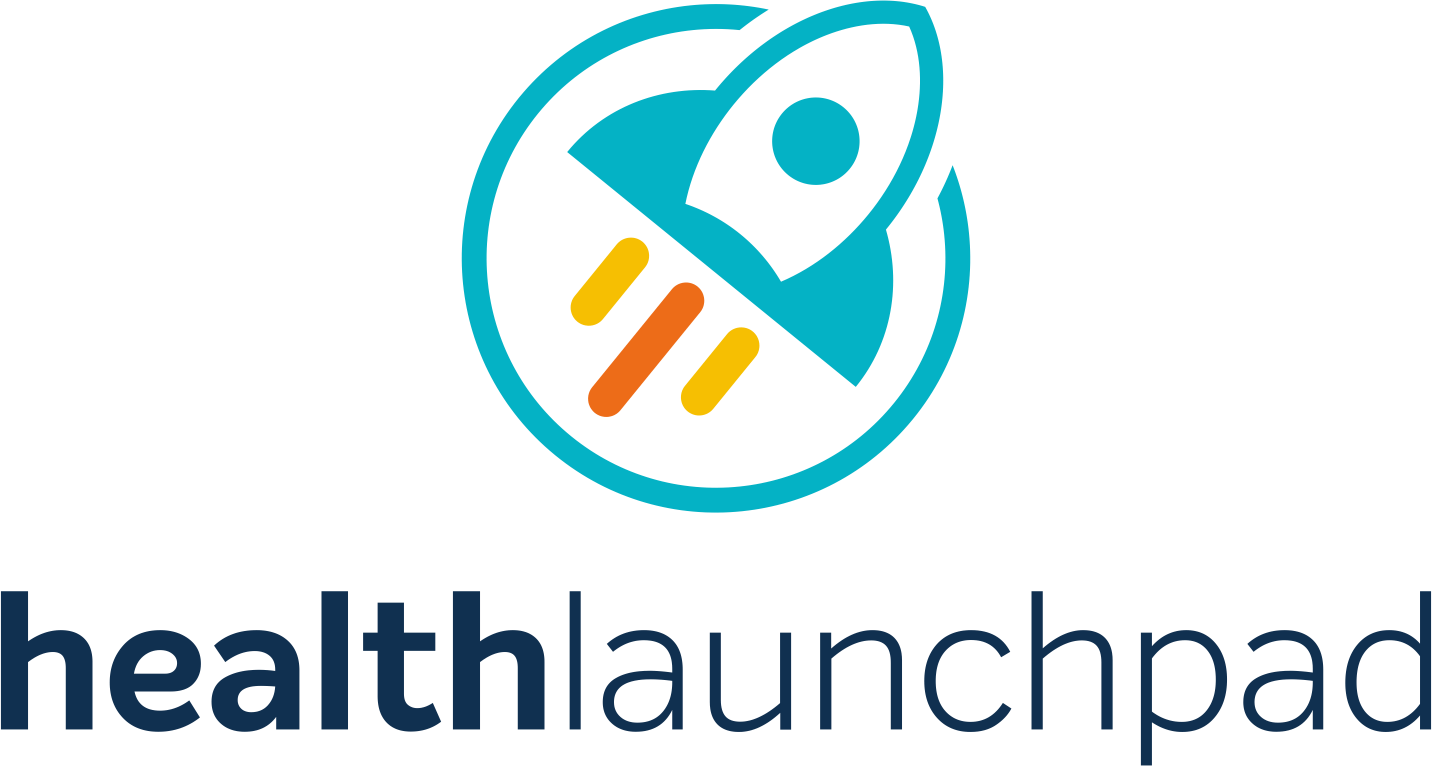In the fast-paced business landscape of today, achieving sustainable growth involves addressing the pain points of your target market through a strategic alignment of your go-to-market (GTM) strategy with revenue enablement. We will embark on a journey to explore this concept, backed by research and insights from industry experts, to comprehend how it seamlessly aligns with your GTM strategy and enhances the customer experience.
Defining Revenue Enablement
To delve into the alignment of revenue enablement and GTM, it’s crucial to establish a clear understanding of what revenue enablement truly means. Allego aptly describes revenue enablement as “not a mere extension of traditional sales enablement; rather, it is a holistic approach that empowers every customer-facing team to maximize revenue across every stage of the customer journey.”
As Doug Bushée, Senior Director Analyst at Gartner, highlights, revenue enablement expands supported roles, prioritizes end-to-end metrics and technology, and consolidates functions to ensure consistency, alignment, and visibility. The primary objective is to enhance the modern buying and selling experience. This approach transcends the conventional boundaries of sales enablement by supporting all revenue-generating channels and customer-facing roles. Leveraging technology, data, and analytics across the entire customer journey, revenue enablement aims to create a seamless and more effortless experience for both buyers and sellers, shifting from sales-centricity to customer-centricity.
Alignment with Go-To-Market Lines of Business
The alignment of revenue enablement with various lines of business, including marketing, sales, and customer service, is not just beneficial—it’s a strategic imperative. This alignment ensures that each component of your organization works harmoniously to achieve a common goal: maximizing revenue.
Let’s explore the impact of revenue enablement on these lines of business, supported by insights from industry experts:
Marketing
Marketing has evolved into more than just lead generation; it’s about creating value, nurturing relationships, and delivering personalized experiences. Revenue enablement equips marketing teams with the tools and insights needed to engage effectively with potential customers. Gartner emphasizes that it ensures marketing initiatives are about generating high-quality, sales-ready leads, not just leads in general. This alignment guarantees a smooth transition from marketing-generated interest to sales engagement, enhancing the efficiency of your GTM strategy.
Sales
The impact of revenue enablement on sales teams is profound. While traditional sales enablement focused on sales techniques and processes, revenue enablement offers a holistic perspective. It emphasizes understanding the entire customer journey, from initial contact to post-sale support. Sales teams, armed with the right data and tools, can offer personalized solutions, build trust, and foster loyalty. This alignment is pivotal for prioritizing high-value prospects, closing deals swiftly, and delivering a superior customer experience.
Customer Service
In the current landscape, customer service plays a pivotal role in revenue generation, particularly with recurring revenue models and subscription-based services. Revenue enablement ensures that customer service teams have the knowledge, tools, and insights required to provide exceptional support. This not only contributes to customer retention but also opens doors for upselling and cross-selling opportunities. The alignment between customer service and the rest of the organization is crucial for identifying and capitalizing on these revenue-generating prospects.
The Importance of Information Consistency
The significance of maintaining information consistency cannot be overstated within the context of revenue enablement. According to Gartner’s research, buyers who encounter consistent information from supplier sources are almost three times more likely to complete high-quality, low-regret deals. Consistency serves as a cornerstone for customer satisfaction and trust, both of which are essential for driving revenue.
In the multifaceted landscape of revenue enablement, where multiple teams and channels are involved in the customer journey, the need for information consistency becomes even more critical. It ensures that customers receive a unified, reliable message throughout their interaction with your organization, ultimately enhancing the effectiveness of your GTM strategy.
Key Areas for Revenue Enablement
Revenue enablement encompasses several key areas that are pivotal for business growth, substantiated by research and insights from industry experts. These areas exemplify why revenue enablement is indispensable:
Productivity
- AI in Sales: Leveraging Artificial Intelligence for Sales Automation and Insights.
- Building a High-Performing Sales Pipeline: Strategies and Best Practices.
- Implementing Effective Sales Methodologies for Consistent Results.
- Ideal Customer Profile (ICP) Definition and Targeting Strategies.
- Creating Buyer Personas for Tailored Sales and Marketing Approaches.
- Mastering Negotiation Skills in Sales.
- Overcoming Common Sales Objections: Techniques and Playbooks.
- The Art of Sales Discovery: Probing, Listening, and Qualifying Leads.
Performance
- Sales Playbook Development: Structure, Content, and Implementation.
- Real-Life Use Cases for Sales Success: Case Studies and Analysis.
- Sales Coaching and Reinforcement Programs for Continuous Improvement.
- Sales Strategy Formulation and Execution.
- Effective Quarterly Business Reviews (QBRs) for Revenue Growth.
- Advanced Sales Forecasting Techniques and Accuracy Improvement.
- Key Performance Metrics and KPIs in Sales: Tracking and Optimization.
- Sales Team Performance Analysis: Identifying Strengths and Weaknesses.
Technology Optimization
- Sales Applications and Tools: Choosing the Right Tech Stack for Your Team.
- Integrating Sales Technologies for Seamless Operations.
- CRM (Customer Relationship Management) Best Practices for Sales Teams.
- Sales Automation and Workflow Optimization.
- Leveraging Sales Analytics and Business Intelligence.
- AI and Machine Learning Applications in Sales: Predictive Analytics and Lead Scoring.
- Sales Enablement Platforms and Their Role in Revenue Growth.
- Data Security and Compliance in Sales Technology.
Each of these areas is vital for driving revenue growth, and we’ll delve into why they are pivotal, supported by research and insights:
- Productivity: Productivity is the engine that drives revenue. By optimizing processes, identifying the right customers, and tailoring your approach, you can make the most of your resources and increase efficiency, directly impacting your bottom line.
- Performance: High-performance teams are more likely to close deals, meet targets, and delight customers. Effective sales strategies, constant improvement, and accurate forecasting are the pillars of high performance, all of which contribute to revenue growth.
- Technology Optimization: The right tools and technology streamline operations, enhance data-driven decision-making, and empower your team to work more efficiently. In the age of digital transformation, having the right tech stack is crucial for success.
The Advantages of Transitioning to Revenue Enablement
Gartner further indicates three main advantages to transitioning to a revenue enablement model:
- Consistency: All customer-facing roles leverage consistent customer messaging, similar technology and data, and sales motions that reduce friction in traditional handoffs between functions.
- Alignment: Marketing, sales, and customer success work together to improve end-to-end revenue generation. They either collaborate cross-functionally on efforts that support the entire customer buying journey or come together under one revenue enablement function.
- Visibility: There’s visibility throughout the customer buying journey, making it easier to optimize enablement efforts to improve revenue.
Are Sales Leaders Already on the Path to Revenue Enablement?
Yes, they are. As substantiated by research and insights from industry experts, sales leaders are already on the path to revenue enablement, addressing the needs of potential customers. It’s a process that empowers every customer-facing team to maximize revenue at every stage of the customer journey. A survey conducted by Gartner in November and December 2022 revealed that more than two-thirds of sales enablement leaders are already on the path to revenue enablement, experiencing enhanced commercial performance as a result. Moreover, Gartner’s projections indicate that by 2026, 60% of enablement functions will be tasked with enabling all client-facing, revenue-generating roles.
This shift recognizes the changing dynamics of the market, where customer-centricity and alignment with customer needs are paramount. Revenue enablement reflects a paradigm shift from seller-centricity to a customer-centric approach, placing the customer at the bullseye of enablement efforts and addressing their pain points.
Are Data-Driven Sales Enablement Models Worth It?
Data-driven sales enablement models are not just worth the investment; they are imperative for staying competitive in today’s data-driven marketplace, supporting your market GTM strategy. Supported by research and insights, the value of data-driven sales enablement models becomes evident:
As per Gartner, by 2025, 60% of B2B sales organizations will transition from experience- and intuition-based selling to data-driven selling. This shift underscores the transformative potential of data in the sales process. But why are data-driven sales enablement models worth the investment, especially for addressing the pain points of potential customers?
- Aligning with Customer Buying Habits: Data-driven models help companies align their selling strategies with customer buying habits, effectively addressing the target audience’s needs. They provide insights into what customers are looking for, their preferences, and their pain points. By understanding these patterns, sales teams can tailor their approaches and offerings to meet customer needs effectively, making the buyer’s journey smoother.
- Prioritizing High-Value Prospects: Data-driven models allow organizations to prioritize high-value prospects, enhancing the efficiency of the sales process. Instead of chasing every lead, sales teams can focus on those with the highest potential to convert, contributing to revenue generation.
- Closing Deals More Quickly: Data-driven selling is all about efficiency. With the right data and insights, sales teams can identify the best approach to close deals faster, addressing the needs of potential customers. They can anticipate objections, provide personalized solutions, and meet customer expectations swiftly, benefiting the sales process.
- Tailored Sales-Led Content: Data is the backbone of content marketing personalization. Data-driven sales enablement strategies allow companies to produce content that resonates with their target audience, addressing their pain points. Whether it’s email campaigns, presentations, or product recommendations, data ensures that content remains relevant and engaging, aligning with the buyer persona.
In conclusion, data-driven sales enablement models are not just a trend; they are the future of successful selling. They help companies align with customer buying habits, prioritize high-value prospects, close deals more quickly, and deliver tailored content, addressing the pain points of potential customers. In a competitive market, the ability to leverage data effectively can be a game-changer for your revenue generation efforts.
Incorporating revenue enablement into your GTM strategy and embracing data-driven sales enablement models can transform your organization’s approach to revenue generation, addressing the needs of your target market. It’s not just a shift in processes; it’s a shift in mindset, placing the customer at the center and using data to drive smarter, more effective sales and marketing strategies, benefiting your market GTM strategy. As we move forward in this dynamic business landscape, the synergy between revenue enablement and GTM strategies will continue to be a defining factor in the success of businesses that embrace it, maximizing revenue and enhancing the customer experience.
Do You Want to Learn More?
We are helping many healthtech clients grow their sales pipeline. If you want to learn more and see how this approach could work for you, let’s schedule a call.
If you liked this post and want to learn more…
- Check out more posts like this in the Healthtech MarketingLearning Center. It is chock-full of articles, use cases, how-to’s, and ideas to get you started on your ABM journey.
- Follow me or connect with me on LinkedIn. I publish videos and articles on ABM and healthtech marketing.
- Buy Total Customer Growth: Our book on how to win and grow customers for life with ABM and ABX.
- Work with me directly. Let’s book a growth session and we can explore ways you can improve your marketing using the latest techniques in account-based marketing.

